Chlorophytums: bring beauty into your home with these magnificent plants
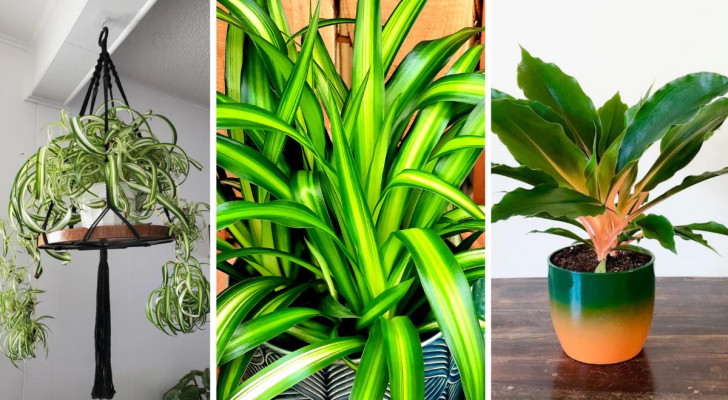
Chlorophytum is a genus of plant within the Liliaceae family which includes over 250 species native to South Africa - many of which are now widely cultivated for ornamental purposes. These plants are commonly known by names such as the Spider Plant, Falangio or Ribbon Plant and are highly appreciated for their aesthetic beauty. They are also easy to cultivate and are known for their ability to efficiently purify the air. Plants of this species are capable of removing various pollutants from the air - in particular carbon monoxide and xylene - two toxic compounds commonly present in homes.
As already mentioned, chlorophytums are easy to cultivate: they grow well in bright spots (but direct sunlight). In winter, chlorophytums prefers unheated environments, surviving in temperatures as low as just 7 degrees C. Watering should be regular and abundant in spring and summer, less frequently during the cold seasons (as long as the soil does not dry out). Repotting must be carried out annually in March-April and fertilizing should be done from June to September.
What are the most beautiful varieties of chlorophytums available? Let's check out some below:
1. Chlorophytum comosum Milkyway
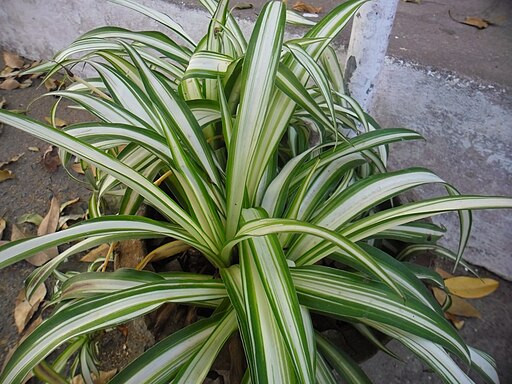
Surya Prakash/Wikimedia Commons
This variety owes its name to the thick central white streak of its leaves, which looks somewhat like a starry night sky.
2. Chlorophytum comosum Hawaiian
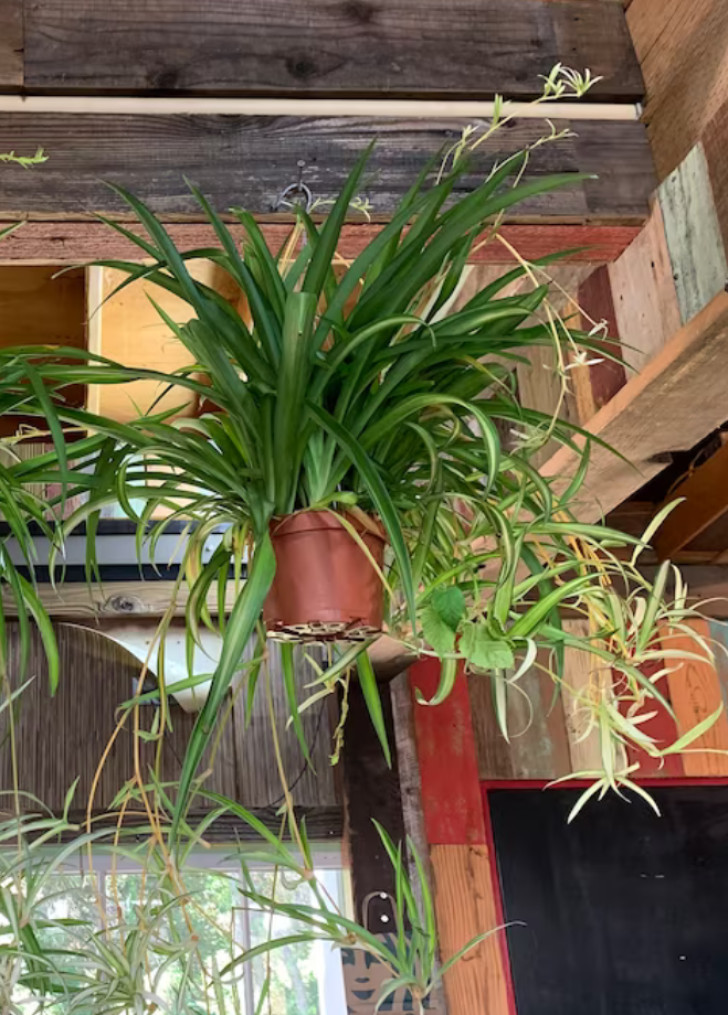
The main feature of this variety are its leaves streaked with different shades of green and its drooping posture - perfect for adding a tropical note to your home in a hanging pot.
3. Chlorophytum comosum Ocean
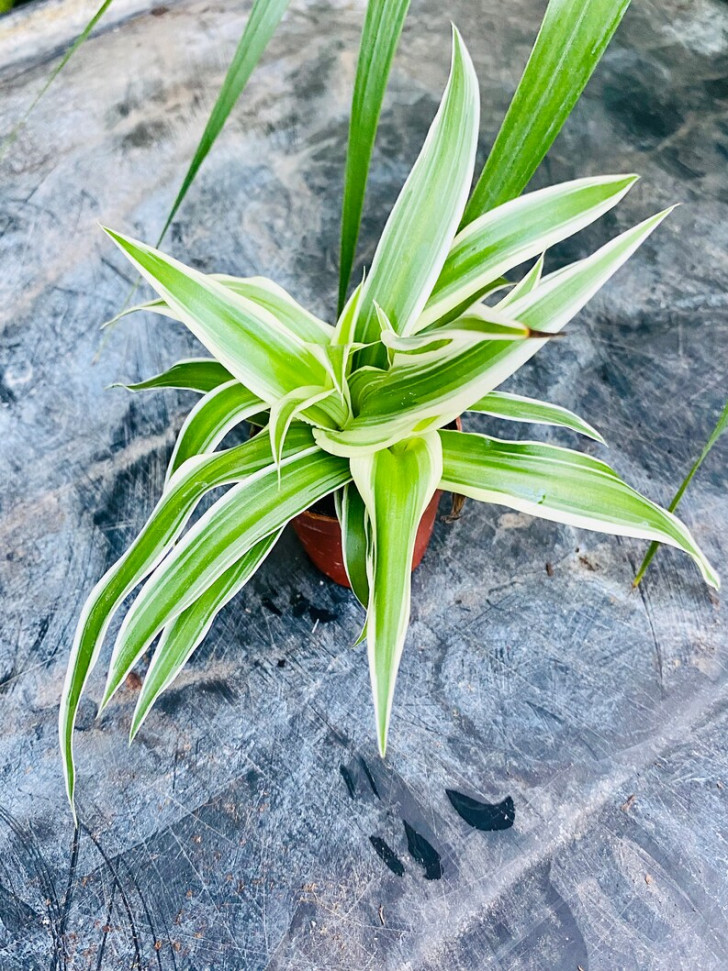
This variety has characteristic bright green leaves with white streaks on the edges and a wider leaf span. This plant will bring a fresh, lively feel to your rooms.
4. Chlorophytum comosum Bonnie curly
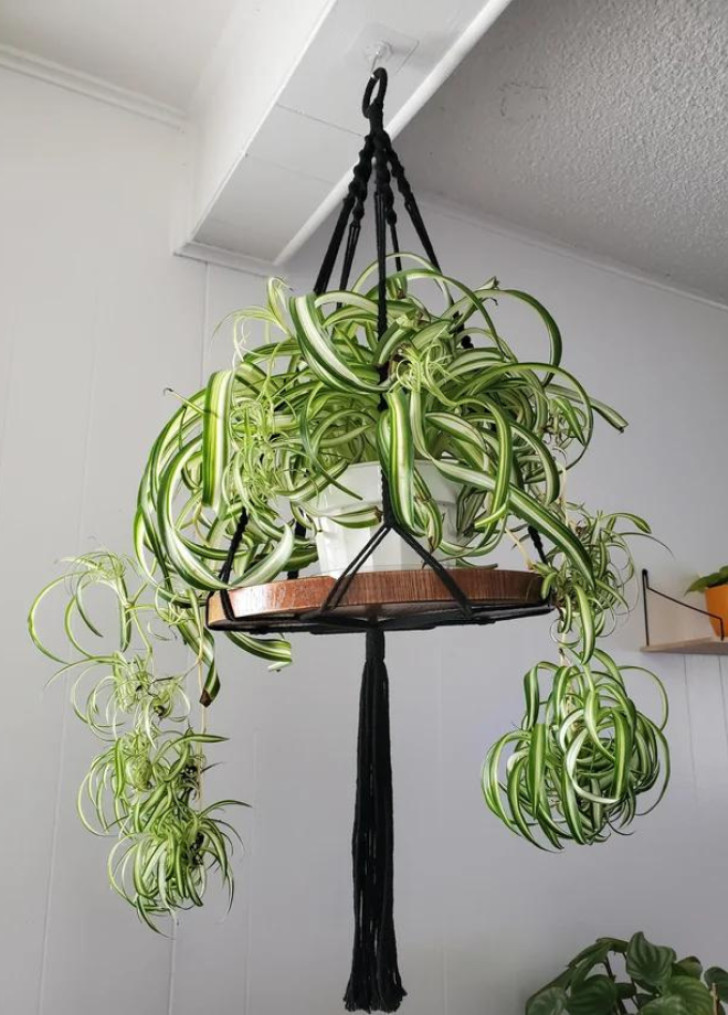
This particular variety is highly decorative and will bring movement to your rooms with its hallmark curled leaves.
5. Chlorophytum laxus
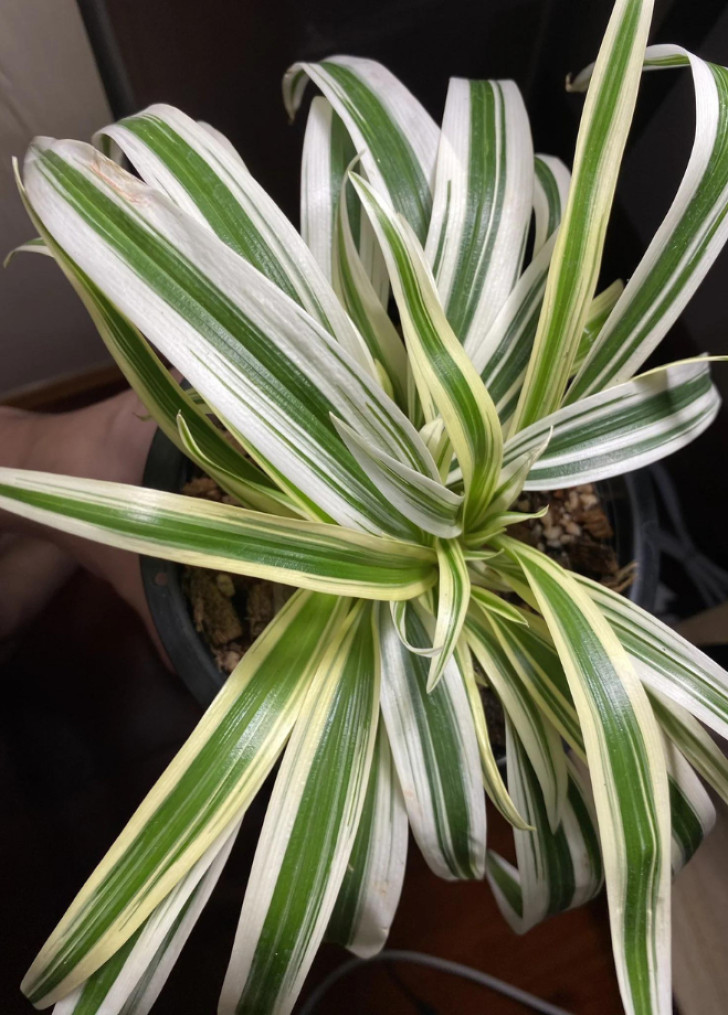
A variety also known as Zebrina grass due to the characteristic light streaks of the leaves which are reminiscent of those of a zebra. This plant can be grown in hanging pots in partial shade.
6. Chlorophytum comosum Variegatum
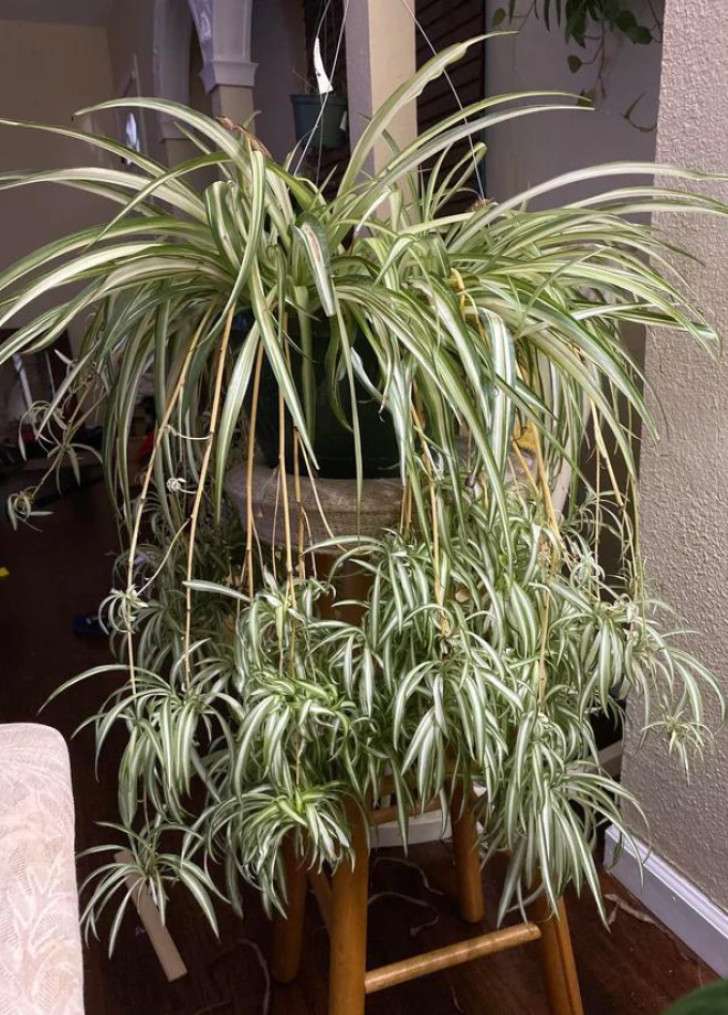
This is the best-known variety of the Spider Plant, with its leaves that have centralized white streaks and a drooping posture.
7. Chlorophytum comosum Reverse Variegated
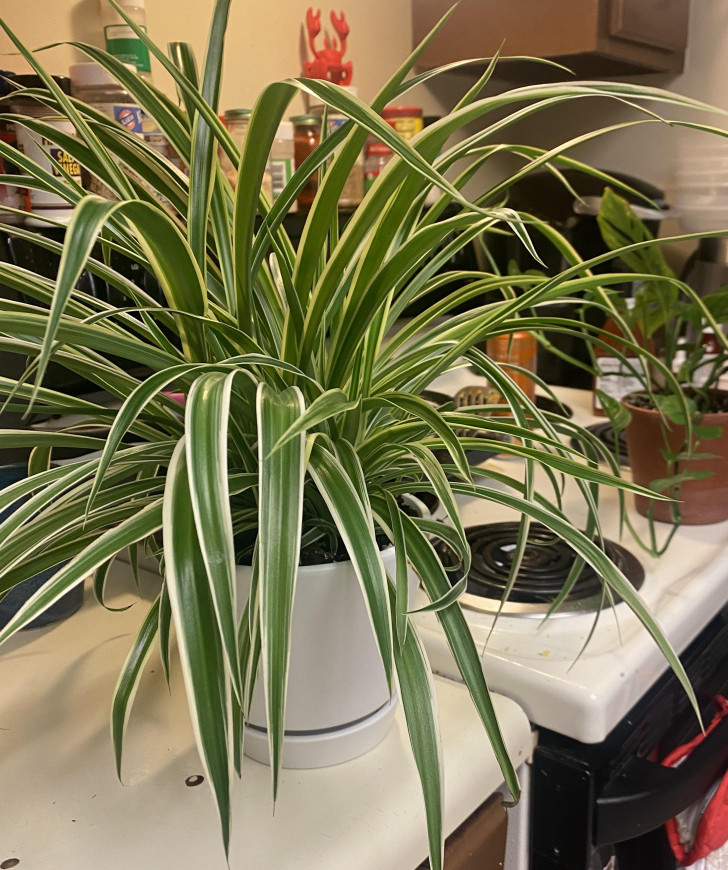
This variety is distinguished from the previous types only by the variegation of the leaves, which are green internally and white along the edges.
8. Chlorophytum comosum Vittatum
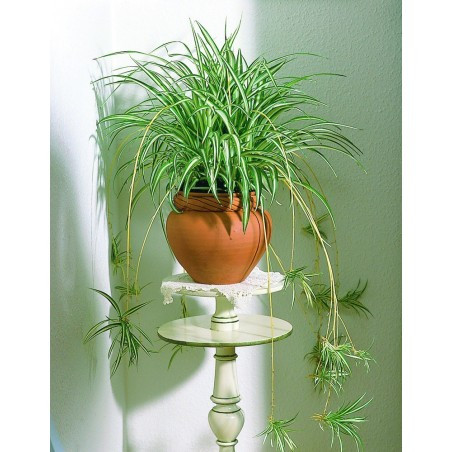
This variety is characterized by particularly thin, long and curved leaves, with a white stripe down the centres.
9. Chlorophytum comosum Variegatum Airplane plant
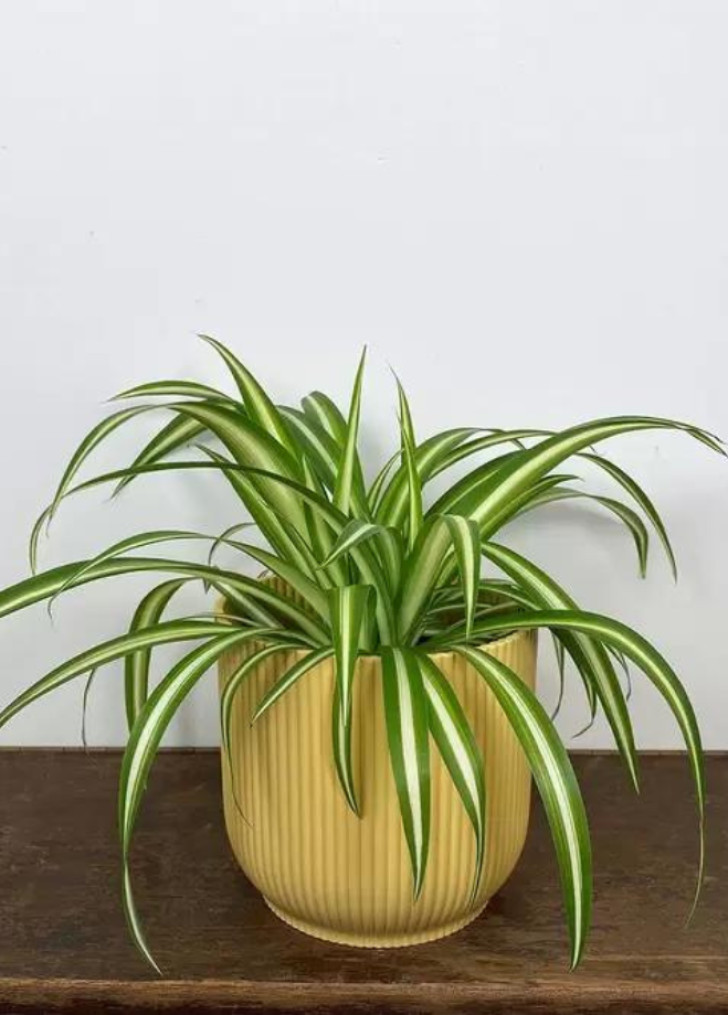
This particular variety stands out for the strong contrast between the bright green of the edges of its leaves and the central creamy, white stripes; thanks to its diminuative size, it can also adapt well to small spaces.
10. Chlorophytum comosum Golden Glow
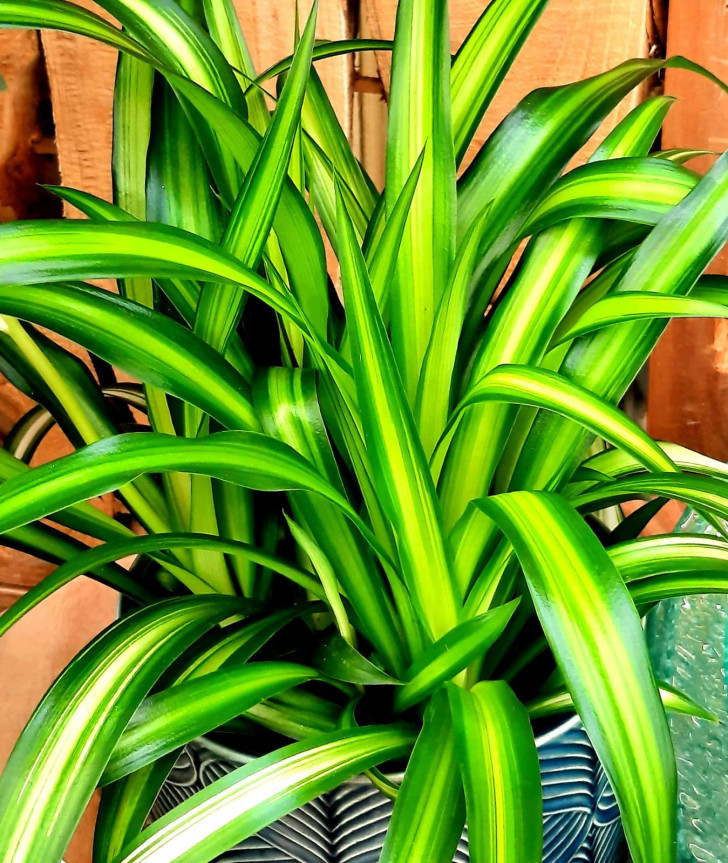
This splendid variety is a relatively new one and stands out from the others due to the yellow-gold stripes down the centers of its leaves.
11. Chlorophytum comosum Fire Flash
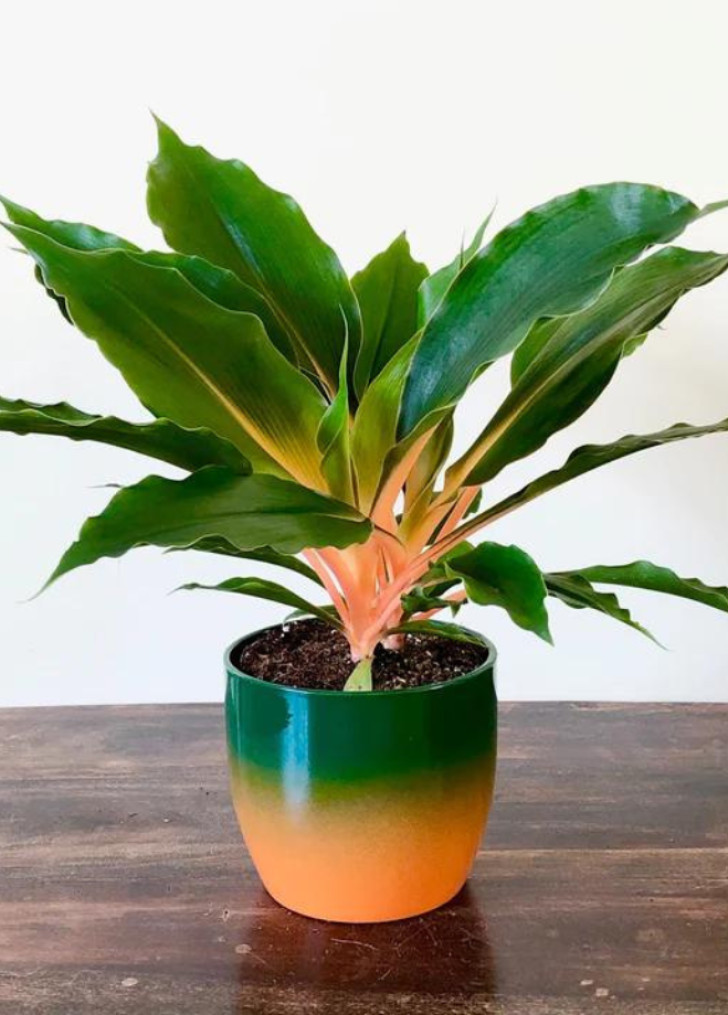
This is a variety of the spider plant (see above) and is also characterized by the color of its leaves, which are bright green with a central vein that transitions from orange to yellow, starting at the base of the plant.
12. Chlorophytum laxum Bichetii
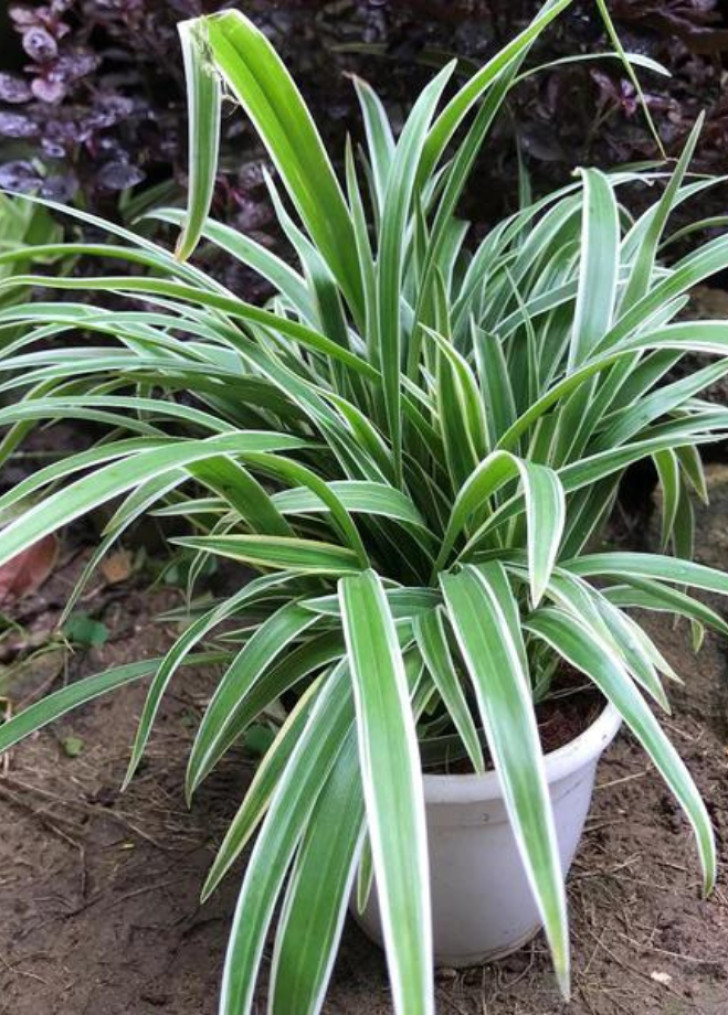
We end with a variety of the above-described zebrina grass. The peculiarity of this variety is that, unlike the others, it does not produce offspring on its own. To propagate it, you will need to extract and plant the small black seeds contained inside its white flowers.
Which of these varieties will you choose for your home?